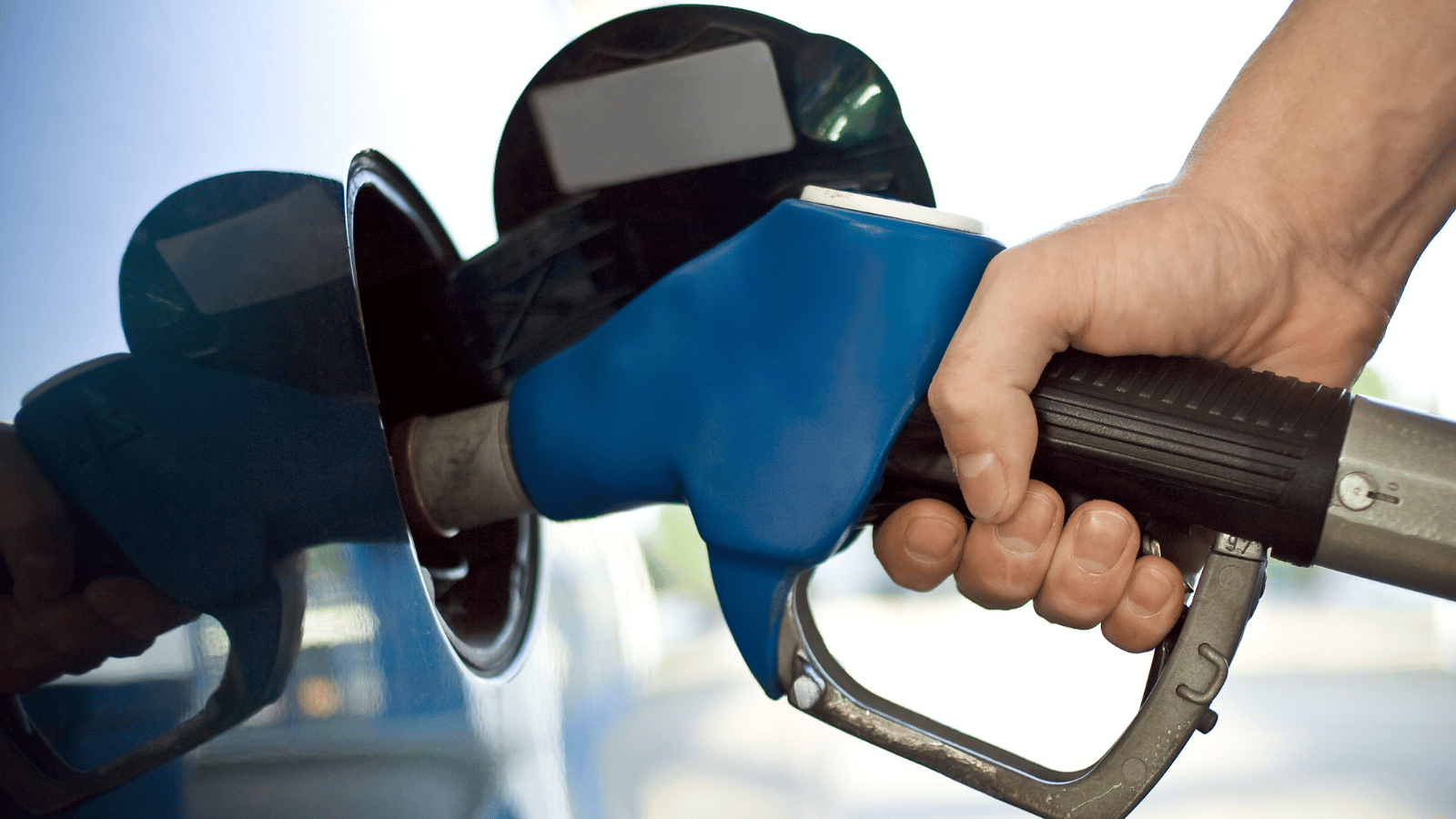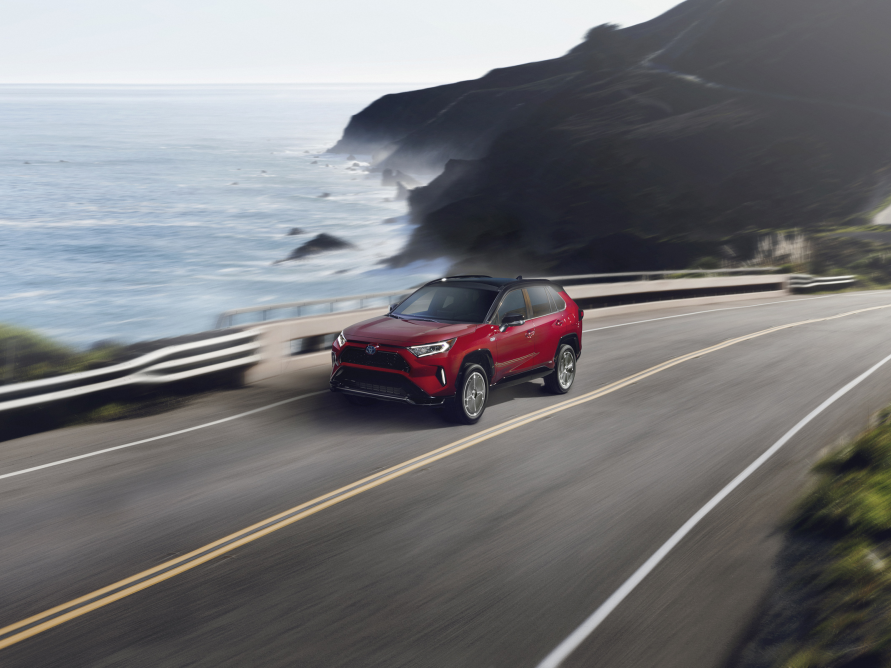Bad Gas Mileage on Your Toyota RAV4? (Here’s Why)
The Toyota RAV4 is known for getting decent fuel economy, so it can come as a shock when it starts using more fuel than expected. If you keep track of MPG, you might wonder why you are suddenly dealing with bad gas mileage on your RAV4.
While it’s possible there’s something wrong, the drop in fuel economy could also be due to driving habits. That’s why I cover all of the reasons you may experience bad gas mileage on your Toyota RAV4. I’ll also help you find ways to improve the distance you drive per tank.

What to Expect
The 2024 RAV4 is one of Toyota’s most efficient vehicles.
Here’s a brief overview of the mileage the 2023 RAV4 is rated for.
- 2024 Toyota RAV4 Prime AWD: 40/35* mpg
- 2024 Toyota RAV4 Hybrid AWD: 41/38* mpg
- 2024 Toyota RAV4 FWD: 27/35* mpg
- 2024 Toyota RAV4 AWD: 25/33* mpg
*(city/highway)
Toyota RAV4 models through 2019 achieve similar fuel economy ratings. Before that model year, fuel efficiency ratings drop slightly. To research what your RAV4 should achieve, read our Toyota RAV4 mpg list.
Once you know what to expect from the RAV4, it’s much easier to tell when there’s a problem.
Real-World Factors

The fuel economy ratings for today’s cars are determined by the U.S. Department of Energy. Unfortunately, these ratings may not necessarily reflect real-world driving.
There are many different real-world scenarios that could affect gas mileage, therefore your actual MPG could be significantly higher or lower than the government ratings.
As an example, my RAV4 features a city rating of 27 mpg. However, it tends to get an average of 23 mpg, which is slightly lower. This is because I frequently take short trips with lots of traffic lights and steep hills.
You should also know that the opposite is true of the RAV4 Hybrid. It actually performs quite well in stop-and-go situations. Consider checking out our post about real-world RAV4 Hybrid gas mileage.
Here are several other factors that affect your real-world mpg rating:
- Aggressive acceleration and braking
- Frequent stop-and-go driving
- Hilly terrain
- Air conditioner usage
- Excessive idling
- Driving at high speeds and aerodynamic drag
- Cold weather
- Cargo racks on the roof
- Towing
If you recognize some of these factors in your daily driving routine, you can expect a drop in fuel economy.
Vehicle Problems That Could Impact Gas Mileage
In some cases, a mechanical issue can lead to poor fuel economy. If the drop is sudden and your driving habits have not changed, it may be a mechanical issue, such as:
- Bad fuel pump
- Failing fuel injectors
- Low tire pressure
- Corroded spark plugs
- Malfunctioning oxygen sensors
- Contaminated engine air filter
- Worn-out piston rings
- Old motor oil and filter
- Dirty mass airflow sensor
- Poor wheel alignment
Many of these problems can be prevented by following your recommended RAV4 maintenance schedule. However, there’s still a chance of mechanical failure even if you are meticulous with your RAV4 care.
The only way to know for sure if a mechanical issue is causing the problem is to have the RAV4 inspected. If you aren’t mechanically inclined, take it to a trusted technician.
How to Improve MPG
There are plenty of ways to improve the gas mileage in your Toyota RAV4, even if you are below EPA estimates. Consider these valuable options.
- Use Eco mode
- Remove unnecessary weight from the vehicle
- Avoid aggressive acceleration and braking
- Slow down on the highway to reasonable speeds
- Avoid idling the engine
- Keep tires properly inflated
- Get regular wheel alignments
- Keep up with regularly scheduled Toyota maintenance
- Fix any mechanical issues
By taking care of your RAV4 today, you not only guarantee better fuel economy but you ensure it remains in its best condition.
Frequently Asked Questions
Get the Most Out of Your RAV4
Maybe you’ve chosen a Toyota RAV4 because of the fuel economy numbers. Even if you haven’t, it’s important to take advantage of its efficiency to save money. That’s why any drop in fuel economy should prompt quick action on your part.
If driving behavior is to blame, make some changes to your driving habits to improve efficiency. Otherwise, it’s time to have the Toyota RAV4 looked at by a mechanic to see what’s wrong. For every gallon of fuel that’s wasted, you throw money down the drain.
